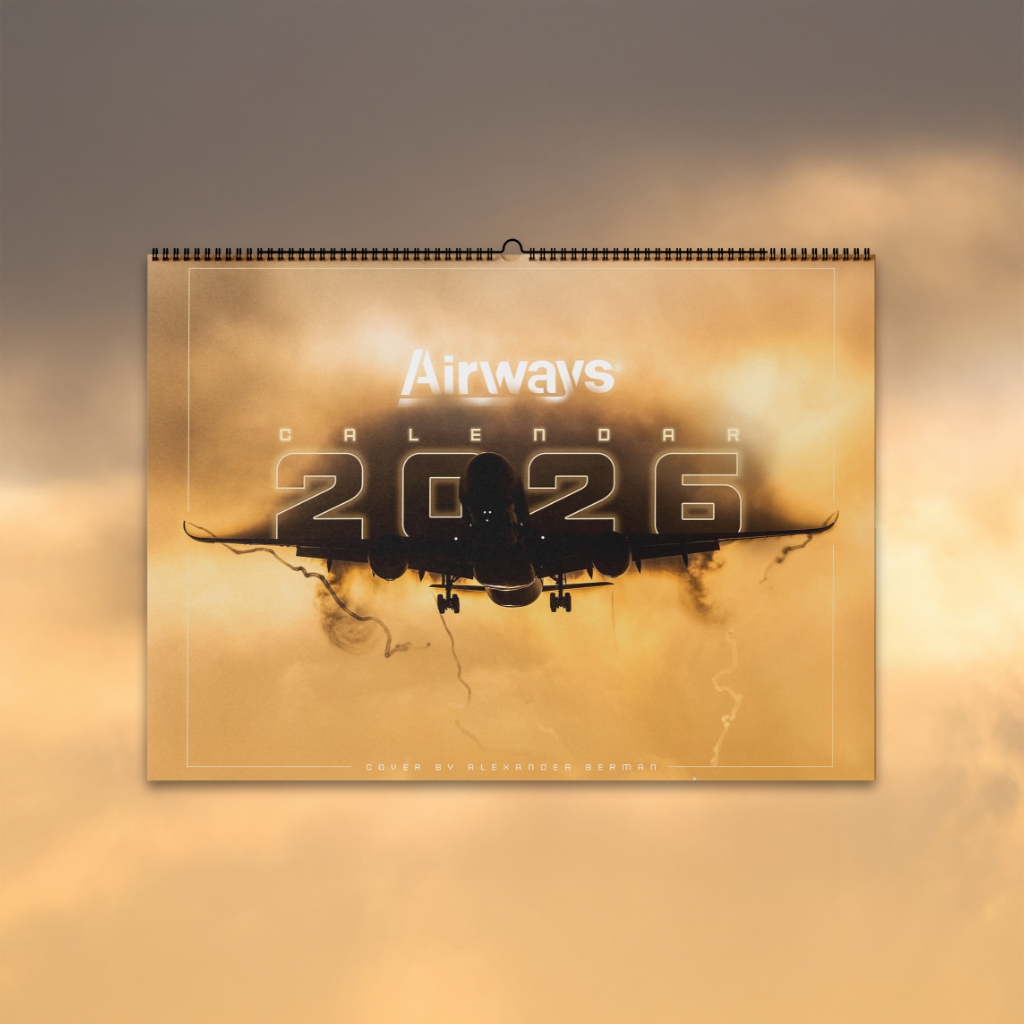DALLAS — A two-dimensional representation of Earth, illustrated through various charts and maps, can mislead us when visualizing long international routes. This perspective—such as when envisioning a flight between New York and Hong Kong—can be quite deceptive.
Technically speaking, Trans‑Arctic” (or polar route) flights are defined by the U.S. Federal Aviation Administration (FAA) as operations north of 78° N, requiring aircraft with ≥7000nmi range and strict ETOPS and cold‑weather protocols.
The shortest and fastest route between many major hubs in Asia, Europe, and North America does not follow lines of geographic latitude. Instead, it’s a great circle route (orthodrome), which often passes through the Arctic Circle or very close to the North Pole, taking advantage of the so-called "Santa Claus shortcut" to reduce flight time and cut fuel costs.

Pioneers, Historical Attempts, Beginnings
Aviation pioneers understood these advantages more than a century ago, but they also knew that flying over the North Pole wouldn’t be easy. If any technical issue or malfunction occurred, there were no options for an emergency landing nearby. Also, aircraft magnetic compasses onboard the planes flying between the magnetic and geographic North Poles could oscillate or point south instead of north, since the two poles are more than 600 miles apart.
At that time, aviation and navigation were in their infancy—unreliable and highly problematic, especially near the pole, which is why polar flights remained rare. However, transpolar flying involved exploration, invention, and trial and error. It was neither safe nor common.
Swedish engineer Salomon Andrée made the first unsuccessful attempt to fly over the North Pole in a hot air balloon in 1897. The balloon crashed near the 83rd parallel, and Andrée and his two companions died after several months of wandering on the ice.
In 1926, Richard Byrd flew over the North Pole in a Fokker Trimotor plane, taking off from Svalbard and landing there again 15 hours later. A few days afterward, Roald Amundsen, Umberto Nobile, Lincoln Ellsworth, and Oscar Wisting flew an airship from Spitsbergen to Alaska.
.avif)
In 1937, Valery Chkalov made the first true transpolar flight. His journey from Moscow to Vancouver lasted 63 hours and covered 5,500 miles.
The 1950s brought better maps, improved navigational equipment, and technologies that made flying through the Arctic Circle much easier. Commercial routes became viable. In 1952, SAS Scandinavian Airlines (SK) conducted an experimental flight using a Douglas DC-6 from Los Angeles to Copenhagen. Two years later, SK received approval from U.S. aviation authorities and began carrying passengers between the two cities, flying over the pole.
U.S. authorities adopted the ETOPS 60-minute rule, which prohibited twin-engine aircraft from flying over the North Pole. During this period, aircraft range was limited, making in-flight refueling necessary. As a result, a flight from London to Tokyo had to route through Anchorage or detour via Dubai and Hong Kong. Similarly, flights from New York and Los Angeles to Tokyo also required a stop in Anchorage.
Direct transpolar flights became possible with the introduction of long-range jet airliners, such as the Boeing 707, later the 747-200, and Airbus' A340. These aircraft had a significantly greater range—over 7,000 miles—which was a crucial factor in launching nonstop flights over the North Pole.

Transpolar Air Corridors, Political Hurdles
Cross-border (transpolar) air corridors opened up new possibilities for both private and commercial travel. Thanks to these new polar corridors, a flight from New York to Hong Kong is five hours shorter compared to conventional routes, while a flight from Toronto to Beijing saves four hours.
This method reduces travel time, fuel consumption, and overall flight costs. The advantages of commercial flights over the North Pole are clear, but geopolitical, technical, and regulatory issues prevented the full utilization of polar routes until the 1990s.
Polar air corridors are flight paths that pass over the polar ice cap, located roughly at 78 degrees north in latitude, covering areas such as northern Alaska and much of Siberia. These regions are, of course, largely uninhabited.
The term "polar route" was adopted in the mid-20th century to refer to possible paths connecting North America and Europe. On the other hand, polar routes for commercial flights between Europe and East Asia only opened up after the end of the Cold War. The airspace of the Soviet Union, Warsaw Pact countries, and China was either closed to international civil aviation or heavily restricted. Such overflights were considered potentially espionage-related. Russia only opened its airspace to international traffic in 1993.
Only after these countries opened their skies were longer detour routes eliminated. For example, London could now be directly connected to Hong Kong, Beijing, and Tokyo. Major intercontinental air corridors were reorganized, and fuel stops in Anchorage were no longer necessary. Still, because of its strategic position as a midpoint for trans-Pacific cargo routes, the airport experienced significant growth in air freight traffic.
Unfortunately, politics continue to impact transpolar commercial flights. The closure of Russian airspace to many Western airlines following the 2022 invasion of Ukraine forced some carriers to avoid polar routes. Affected airlines include those based in the European Union and North America. Some Asian carriers, particularly those from China, still have access to Russian airspace.

Regulations, Agreements, Infrastructure
In 2001, countries with territories within the Arctic Circle adopted an agreement titled "Guidelines for Polar Operations." This document included specific requirements related to polar flights, such as specialized communication systems for trans-Arctic flights, regulation and limitations for flying in cold weather, strategies for preventing fuel freezing, passenger evacuation and rescue plans in case of emergency landings, and special requirements for flight tracking, since aircraft flying over the Arctic rely almost entirely on satellite communications.
Aircraft operating in the Arctic region connect Europe, Asia, and North America, and are operated by various airlines. IATA proposed the formation of the Pacific Project to respond to the increase in air traffic between North America and both Asia and Northern Europe.
According to Arctic Portal, there are 676 airports currently maintained around the Arctic as ports of entry, and the majority of these are situated in Alaska, United States Arctic Portal. Ports of entry here means airports where international arrivals may clear customs or immigration, not necessarily that they host flights crossing the polar region.
Canada's Arctic region has 79 similar ports of entry, Russia has 71, Denmark (including Greenland and the Faroe Islands) has 62, the Norwegian Arctic, including Svalbard, has 56, Finland has 55, Sweden has 35, and Iceland has around 20. It's important to note that not all of these airports are designated as international points of entry, as some serve only domestic traffic.
New ETOPS criteria allowed twin-engine aircraft to fly significantly farther from the nearest suitable airport in case of an emergency, a rule officially adopted by the FAA in 2011. This change made it routine for twin-engine wide-body aircraft to operate direct trans-Arctic flights.
It's also important to highlight that flights over the North Pole are not limited to relatively northern departures and arrivals. A notable example is Emirates Airlines' flight between Dubai and Los Angeles, which crosses over the North Pole and lasts about 17 hours.

Environmental Considerations
Flying direct routes over the North Pole between major hubs in North America and Asia significantly reduces environmental impact from greenhouse gas emissions, which is currently one of the main concerns for Arctic nations. Trans-Arctic routes, established over uninhabited ice-covered areas, allow for shorter travel times, lower fuel consumption, and reduced carbon dioxide emissions.
However, trans-Arctic flights can, to some extent, threaten the delicate Arctic ecosystem. All forms of air traffic crossing the Arctic airspace emit carbon dioxide and other greenhouse gases, such as nitrogen oxides and water vapor. The emissions from these flights vary significantly depending on the size of the aircraft, the number of passengers, and the flight duration. Another critical factor is flight altitude, as aircraft flying at higher altitudes produce more CO2 than those flying at lower altitudes.
Regulating air traffic and the controlled development of Arctic tourism are significant alternative strategies to mitigate aviation’s impact on climate change and the Arctic environment. If future travel demand could be redirected to other modes of transportation, there would be no need for Arctic countries to impose additional taxes.

Antarctica
Commercial flights over Antarctica—and thus trans-Antarctic routes—practically do not exist. The lack of demand is attributed to unfavorable weather conditions that are often highly variable, a significantly smaller landmass, a limited number of emergency landing airports, and a much smaller population residing within the Antarctic Circle.
Because of all this, most commercial airlines still consider flying over Antarctica too risky. Even compared to Arctic flights, there are fewer airports within a reasonable range for alternate landings. Nevertheless, some flights between Australia and South America, as well as between Australia and South Africa, pass near the Antarctic coastline.
A rare exception includes sightseeing flights over Antarctica, organized by smaller charter airlines. Even Air New Zealand (NZ) once operated such flights using wide-body DC-10 aircraft. Unfortunately, the tragedy of Flight 901 in 1979, when the plane, ZK-NZP, crashed into Mount Erebus under CFIT (Controlled Flight Into Terrain) conditions, killing all 257 passengers and crew, brought an end to those operations.
Speaking of South Pole, on November 15, 2024, at 10:55 local time, a Norse Atlantic (N0) Boeing 787 Dreamliner (LN-FNC) named 'Everglades' successfully touched down for the second time at Antarctica's blue ice Troll Airfield (QAT), in Queen Maud Land, Antarctica. You can heck out the adventure here.
Stay connected at every stop along your journey! Get any Saily mobile data plan at 5% off with the code AIRWAYSMAG5 + up to 5GB free!





